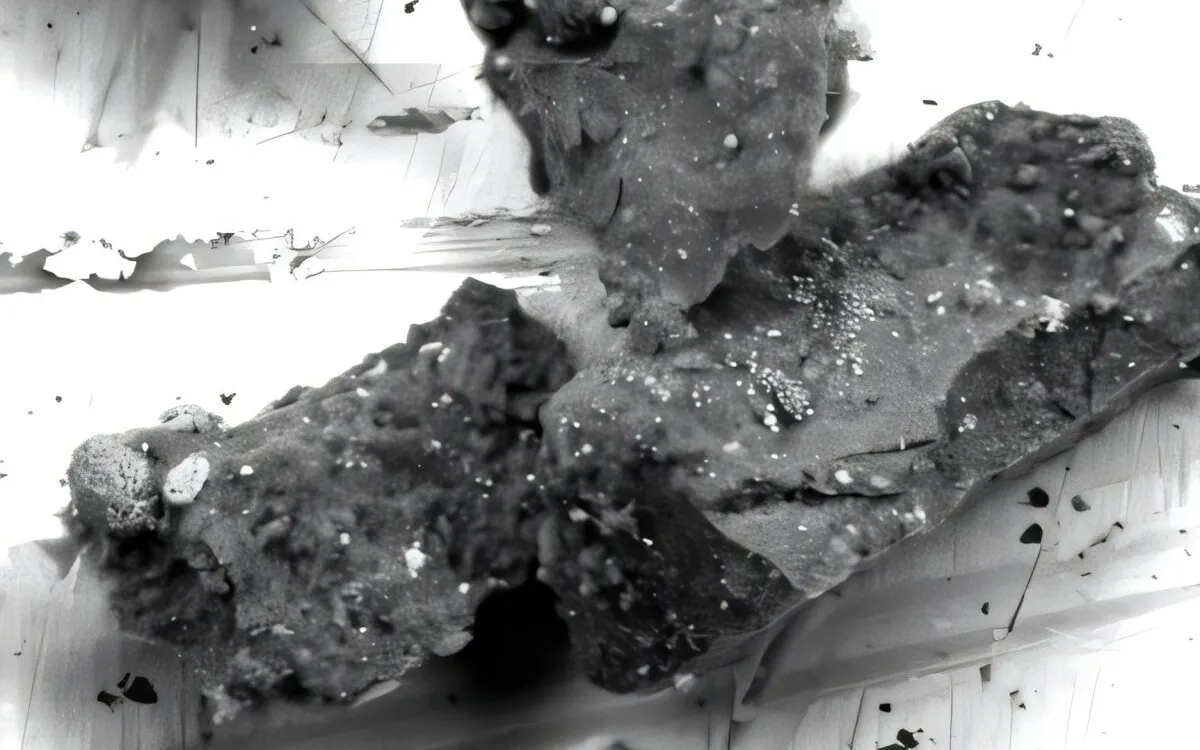
The pristine samples retrieved from asteroid Ryugu by the Hayabusa2 mission on December 6, 2020, have been crucial in enhancing our understanding of primitive asteroids and the formation of our solar system. Ryugu, classified as a C-type asteroid, is composed of materials resembling CI chondrites, which are rich in carbon and have undergone significant aqueous alteration throughout their history.
A research team from Hiroshima University made a remarkable discovery of the mineral djerfisherite, a potassium-containing iron-nickel sulfide, within a grain from Ryugu. This finding was completely unexpected, as djerfisherite typically does not form under the environmental conditions that Ryugu is believed to have experienced. The results of this study have been published in the journal Meteoritics & Planetary Science.
Masaaki Miyahara, the first and corresponding author of the study and an associate professor at the Graduate School of Advanced Science and Engineering at Hiroshima University, notes that djerfisherite usually forms in highly reduced environments, similar to those found in enstatite chondrites. To date, it has never been reported in CI chondrites or any other Ryugu grains. Miyahara likens this discovery to finding a tropical seed in Arctic ice, suggesting either an unexpected local environment or long-distance transport of materials during the early solar system.
The research team conducted experiments to investigate the effects of terrestrial weathering on Ryugu grains. While utilizing field-emission transmission electron microscopy (FE-TEM) to examine these grains for weathering effects, they identified djerfisherite in the number 15 grain of sample plate C0105-042. This unexpected presence of djerfisherite indicates that materials with significantly different formation histories may have mingled early in the solar system's evolution, or that Ryugu experienced localized and chemically heterogeneous conditions previously unrecognized.
This groundbreaking finding challenges the prevailing notion that Ryugu is compositionally uniform and raises new questions about the complexities of primitive asteroids. Ryugu is part of a larger parent body that formed between 1.8 to 2.9 million years after the solar system's inception. It is believed to have originated in the outer regions of the solar system, where water and carbon dioxide existed as ice.
Inside this parent body, heat generated by the decay of radioactive elements led to the melting of ice around three million years post-formation, with temperatures estimated to have remained below approximately 50°C. In contrast, the parent bodies of enstatite chondrites—which are known to contain djerfisherite—are thought to have formed in the inner solar system.
Thermodynamic calculations suggest that djerfisherite in enstatite chondrites formed directly from high-temperature gases. Additionally, hydrothermal synthesis experiments indicate that djerfisherite can form through reactions between potassium-bearing fluids and Fe-Ni sulfides at temperatures exceeding 350°C. This has led the research team to propose two hypotheses regarding its presence in the Ryugu grain: the mineral either arrived from another source during the formation of Ryugu's parent body or formed intrinsically when the temperature of Ryugu rose above 350°C. Preliminary evidence suggests that the intrinsic formation hypothesis may be the more plausible explanation.
The next steps for the research team will involve conducting isotopic studies of djerfisherite and other Ryugu grains to determine their origins. Ultimately, the goal is to reconstruct the early mixing processes and thermal histories that shaped small celestial bodies like Ryugu. This research aims to deepen our understanding of planetary formation and the transport of materials in the early solar system, enhancing our knowledge of the processes that led to the creation of planets and other celestial bodies.